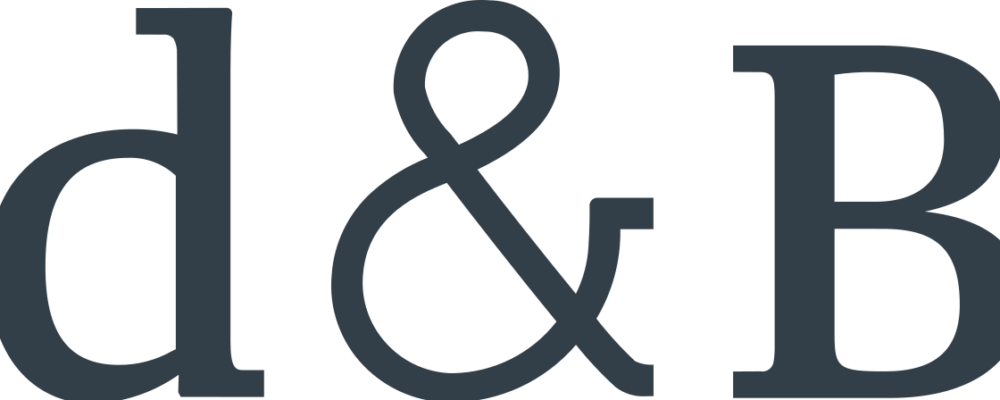It is well known that one of the main functions of a trade mark is to identify a person or trader’s products or services. In this way, trade marks must be unique or distinctive. What if then, a person or individual is the product being sold? Could they, for example, seek to register their appearance as a trade mark? Are human faces even registrable as trade marks? In a recent decision, the EUIPO addressed the question of whether a figurative mark depicting a human face could be registered as a trade mark and provided important insights on the challenges of registering human faces as trade marks.
In April 2023, the company PS Holding BV (the Applicant) filed an EUTM application comprising the face of Dutch rising-star model Puck Schrover, seeking registration of her facial image as a figurative trade mark in classes 35 (mannequins and photo models for advertising or sales promotion) and 41 (models and mannequins for recreational or leisure purposes). The trade mark application consisted of the woman’s face shown in the photograph below (extracted from the EUIPO’s published decision):
In the decision, which was issued on September 15, 2023[1], the EUIPO rejected the trade mark application. By doing so, the Alicante office nevertheless provided some important guidelines with regard to the possibility of registering human faces as trade marks.
- First, the distinctive character of the mark must be assessed. In this regard, the EUIPO stated that even though “it may indeed be more difficult to establish the distinctive character of a photograph depicting a person or persons [,] This does not mean that the registration of trade marks involving the representation of persons would be excluded if they can be readily understood as indicating the commercial origin of the goods or services in question, so that the relevant public can distinguish the goods or services of the trade mark owner from those of a different commercial source without any likelihood of confusion”. The European office placed emphasis on the difference between “uniqueness” and “distinctiveness”: while the traits of Mrs. Schrover’s face were, in their own way, unique, this did not mean that they were actually distinctive from a trade mark protection perspective. That is, the facial traits did not leave a strong or memorable impression in the minds of consumers as to unequivocally distinguish the Applicant’s applied-for services. The EUIPO gave some examples of potentially distinctive facial features – quite interestingly – Barbra Streisand’s nose or Donald Trump’s hair.
- In addition, EUIPO also rejected the Applicant’s claim that the figurative mark at issue enjoyed international fame and had therefore gained distinctive character though its use, pursuant to Article 7(3) of the Regulation (EU) 2017/1001 (“EUTMR”).
The Applicant’s evidence, even if it highlighted that many consumers would recognize Puck Schrover based on her modelling endeavours, failed to prove that the general public perceived the image of the Dutch model as a badge or indication of commercial origin within the meaning of the EUTMR. In the words of the European office, “the fact that Puck Schrover has been featured in international fashion magazines and has walked international fashion shows says nothing in itself about recognition and prominence as a trade mark and, to the extent possible, even less about the perception of the image in relation to the claimed services”.
In addition to presenting several interesting legal perspectives on the issue of whether human faces can be registered trade marks, the decision is also an important and stark reminder for businesses of the complexities surrounding the use of celebrity images in trade marks.
Ultimately, the decision highlights that registering human faces as trade marks, while being theoretically possible, is in practice, not always straightforward as distinctiveness can present a significant hurdle even if a person’s image has been used to promote goods and services.
[1] As the decision is only available in Dutch, the quotations included in the present article constitute a translation provided by the writer.
Bird & Bird is an international law firm that was founded in London in 1846. The firm has since expanded to over 30 offices in Europe, Asia, and the Middle East, and has a particular focus on the technology, media, and telecommunications sectors.
Please visit the firm link to site



